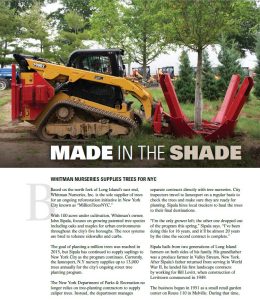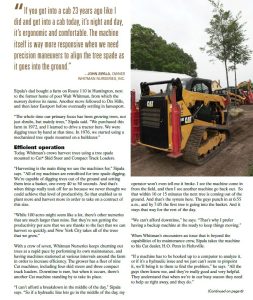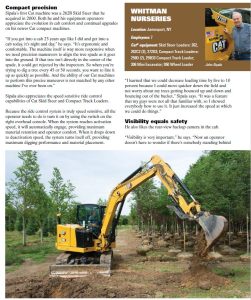



-
 contact us
contact us
-
 call us
call us
-
 locations
locations
-
search
